The rise of decentralized autonomous organizations (DAOs) has been one of the most intriguing developments in the blockchain space. These entities, governed by smart contracts and collective decision-making, promise a new paradigm of organizational structure—one that operates without traditional hierarchies or centralized control. Yet, as DAOs grow in influence and scale, a critical challenge emerges: the absence of clear legal recognition. Unlike corporations or LLCs, DAOs often exist in a legal gray area, leaving participants exposed to unforeseen liabilities and regulatory uncertainty.
The Legal Void Surrounding DAOs
DAOs are designed to function autonomously, with rules encoded in smart contracts and executed on-chain. This eliminates the need for intermediaries, but it also means there’s no formal legal entity to represent the organization in court, sign contracts, or hold assets. In traditional business structures, a legal "person"—whether a corporation or a partnership—provides a framework for liability, taxation, and contractual enforcement. DAOs, however, often lack this foundational layer, creating a precarious situation for members and third parties alike.
For example, if a DAO enters into a contractual dispute, who is held accountable? Without a legal entity, plaintiffs may target individual members, exposing them to personal liability. This undermines one of the core principles of traditional corporate law: the separation between an organization and its stakeholders. The lack of legal clarity also complicates basic operations, such as opening a bank account or complying with tax obligations, forcing many DAOs to rely on ad hoc solutions or offshore entities.
Regulatory Patchwork and Enforcement Risks
Jurisdictions worldwide are struggling to categorize DAOs within existing legal frameworks. Some, like Wyoming and Malta, have introduced legislation to recognize DAOs as limited liability companies or similar entities. Others, such as the U.S. Securities and Exchange Commission (SEC), have taken a more adversarial stance, treating certain DAO tokens as unregistered securities. This patchwork of approaches creates confusion for global participants, who may inadvertently violate laws simply by contributing to a DAO’s governance.
Enforcement actions against DAOs or their members are already occurring. In 2023, the Commodity Futures Trading Commission (CFTC) charged a decentralized trading protocol operated by a DAO with offering illegal derivatives. The case raised questions about whether DAO token holders could be held liable for the protocol’s actions—a scenario that sends chills through the decentralized finance (DeFi) community. Without clear legal boundaries, DAO participants face the risk of retroactive penalties, even if they acted in good faith.
The Human Cost of Anonymity
Pseudonymity is a cherished value in the crypto world, but it clashes with legal systems built on accountability and identity verification. Many DAO contributors operate under pseudonyms, making it difficult to establish legal responsibility when things go wrong. This anonymity can also attract bad actors, as seen in high-profile DAO hacks where recovery efforts were stymied by the lack of identifiable parties to pursue.
Even well-intentioned DAOs face dilemmas. Should a DAO vote to compensate victims of a hack, it might inadvertently create a precedent that could be exploited in future disputes. The absence of legal personhood means there’s no clear mechanism to bind the DAO to such decisions, leaving promises of restitution unenforceable. This uncertainty discourages institutional participation and limits DAOs’ potential to scale beyond niche crypto communities.
Emerging Solutions and Their Limitations
Some DAOs have attempted to bridge the gap by forming wrapper entities, such as offshore foundations or LLCs, to handle legal interactions. While this provides a temporary fix, it reintroduces centralization—a step backward for organizations predicated on decentralization. Other proposals include "legal wrappers" tailored for DAOs, like the Swiss Association model or Delaware’s DAO LLC statute. However, these solutions are jurisdiction-specific and don’t address the global nature of most DAOs.
Technological fixes, such as decentralized dispute resolution or on-chain arbitration, are also being explored. Yet these systems lack the enforcement power of state-backed courts, limiting their effectiveness in high-stakes conflicts. The fundamental tension remains: DAOs aspire to transcend borders and traditional legal systems, but they operate in a world where those systems still hold ultimate authority.
A Path Forward
The legal ambiguity surrounding DAOs isn’t just a technical hurdle—it’s a existential challenge that could determine whether decentralized governance evolves or stagnates. For DAOs to achieve mainstream adoption, a balance must be struck between their ethos of permissionless participation and the practical need for legal recognition. This may require innovative legislative approaches, such as recognizing DAOs as a new class of legal entity with tailored rights and responsibilities.
Until then, DAO participants must navigate this uncharted territory with caution. The promise of decentralization is too compelling to abandon, but without legal safeguards, it risks remaining on the fringes. As regulators and technologists grapple with these questions, one thing is clear: the future of DAOs depends as much on legal innovation as it does on code.

By /Jun 3, 2025
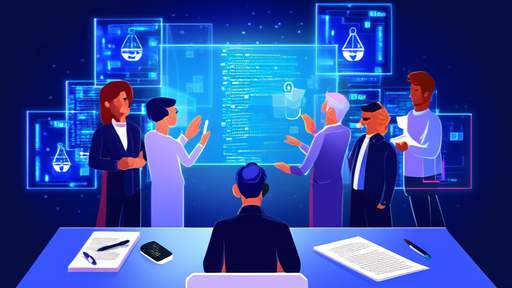
By /Jun 3, 2025
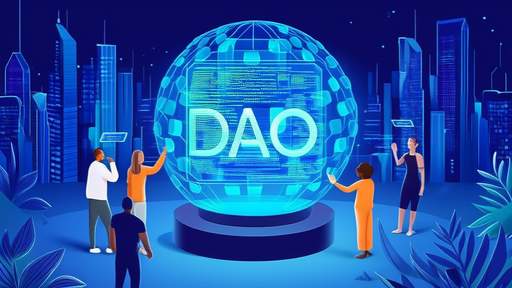
By /Jun 3, 2025

By /Jun 3, 2025
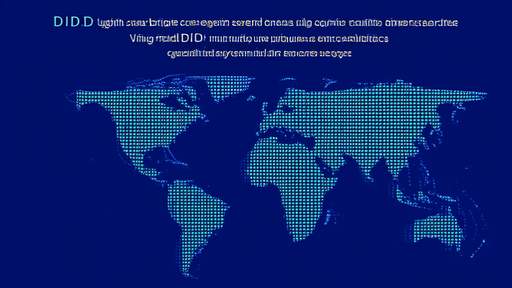
By /Jun 3, 2025

By /Jun 3, 2025

By /Jun 3, 2025

By /Jun 3, 2025

By /Jun 3, 2025

By /Jun 3, 2025

By /Jun 3, 2025

By /Jun 3, 2025

By /Jun 3, 2025

By /Jun 3, 2025
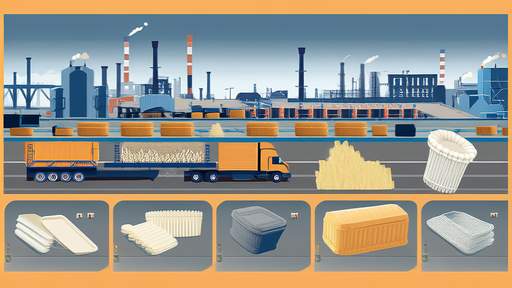
By /Jun 3, 2025

By /Jun 3, 2025

By /Jun 3, 2025
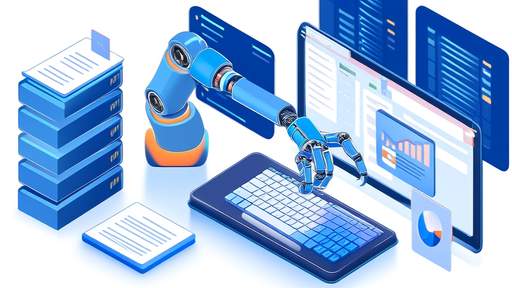
By /Jun 3, 2025

By /Jun 3, 2025

By /Jun 3, 2025